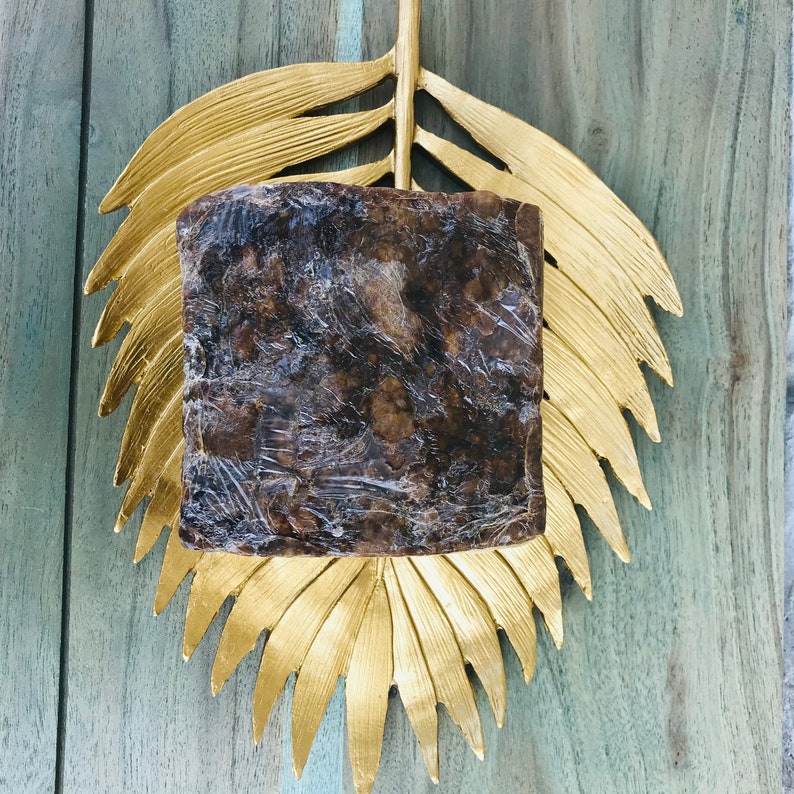 Ghana’s Black Soap
Ghana’s Black Soap
Black soap originated from the Yoruba people in Nigeria, who called it ose dudu, which translates directly to black soap (Lin, Nabatian, Halverstam, 2017). In Ghana, the black soap is called alata samina which directly translates to spicy soap. It is said that the women who sold tomatoes and peppers introduced the soap to people in Ghana. Women traders played a huge role in the agriculture of Ghana (Lin, Nabatian, Halverstam, 2017). They were responsible for using raw materials and forming them into finished products which they could sell.
How it’s Made
 The process of making black soap isn’t simple. The first step is drying the plantain peels, palm leaves and cocoa pods under the sun (Summers, 2021). Then using a clay oven, the ingredients are roasted to create an ash, which gives the soap that black color. Afterwards, water is added to filter the ash and things like shea butter and different oils are hand stirred for 24 hours. Once the soap becomes hard it is scooped out and set aside to cure for at least two weeks, then it is ready to sell( Summers, 2021).
The process of making black soap isn’t simple. The first step is drying the plantain peels, palm leaves and cocoa pods under the sun (Summers, 2021). Then using a clay oven, the ingredients are roasted to create an ash, which gives the soap that black color. Afterwards, water is added to filter the ash and things like shea butter and different oils are hand stirred for 24 hours. Once the soap becomes hard it is scooped out and set aside to cure for at least two weeks, then it is ready to sell( Summers, 2021).
Benefits
The natural black soap has many benefits and people of Ghana have been using it for ages. Black soap is safe for almost all skin types. Because the soap is all natural, there is no added fragrance or chemicals that could harm or irritate sensitive skin (Summers, 2021). Black soap also holds antibacterial properties which not only helps remove certain bacteria’s but also helped people with acne and certain skin conditions. The natural oils in the soap can help people with eczema relieve some of the dry and itchiness( Summers, 2021). Many people have used the soap for its beauty benefits like reducing fine lines, dark spots, and even reduced razor bumps( Summers, 2021. Black soap can also be used as natural exfoliant which is gentle on the skin, and also as makeup remover!
Figure 1 : Ghana’s black soap
Figure 2: Ash in the process of making the soap
Page Author: Michelle Kotsioubenko




